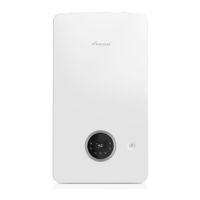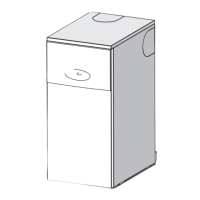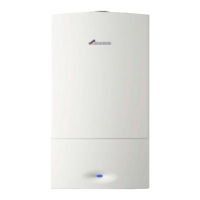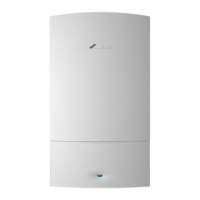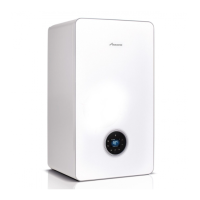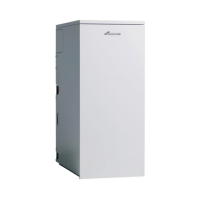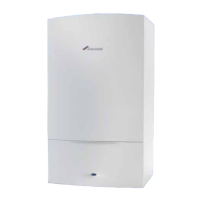Pre-Installation
Worcester 2000 – 6 721 814 551 (2019/09)
26
▶ The use of fittings, elbows etc. should be kept to a minimum and any
internal burrs on cut pipe work should be removed so that the internal
pipe section is as smooth as possible.
▶ All external pipe drainage will be improved if the end is cut at 45° as
opposed to a straight cut.
▶ In situations where there are likely to be extremes of temperature or
exposure, the use of a proprietary trace-heating system for external
pipe work, incorporating an external frost thermostat, should be
considered. All other guidance above and the instructions for the
trace heating system, should be closely followed.
▶ As well as trace heating, other methods for protecting pipe work that
are run externally should be considered to prevent freezing during
prolonged periods.
– Insulation materials can be used, these should be of class “O”
grade with an outer coating that is weather proof and have a UV
resistant finish. A minimum of 19mm thick insulation is
recommended for 32mm external pipes.
– The use of a drain cover (such as those to prevent leaf blockage)
may offer further protection from wind chill.
– An air break on the external pipe work can reduce the risk of the
appliance being inoperable due to the blocking and backing up of
the condensate.
Good Practice
▶ The following guidance indicates the good practices that must be
maintained for the Installation and Maintenance of a product.
Rain water down pipe with external air break
Figure 32
• Refer to following example to dispose of condensate to a rain water
down pipe.
• An air break or rain water hopper must be utilised, between the
appliance condensate outlet and the drainpipe, outside the property,
to avoid flooding of the appliance should the downpipe become
obstructed.
Fig. 32 Disposal into rain water down pipe
[1] Condensate discharge from appliance
[8] Pipe work transition
[9] Insulate and increase pipe size
[10] External rain water pipe to foul water
[11] External air break
[12] Air gap
[13] Strap-on fitting
[14] 43mm 90° male/female bend
[20] Rain water hopper
Open drain or gully
Figure 33
Where the pipe terminates over an open drain or gully:
• Refer to following example to dispose of condensate to an open drain
or gully.
• The pipe should terminate below the grating level, but above water
level, in order to minimise “wind chill” at the open end.
• The use of a drain cover (such as those used to prevent blockage by
leaves) may offer further protection from wind chill.
Fig. 33 Disposal to open drain or gully
[1] Condensate discharge from appliance
[8] Pipe work transition
[9] Insulate and increase pipe size
9
10
11
12
13
14
8
1
9
8
1
10
12
20
0010012784-002
9
25mm min.
1
8
0010023655-002

